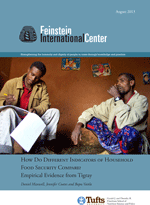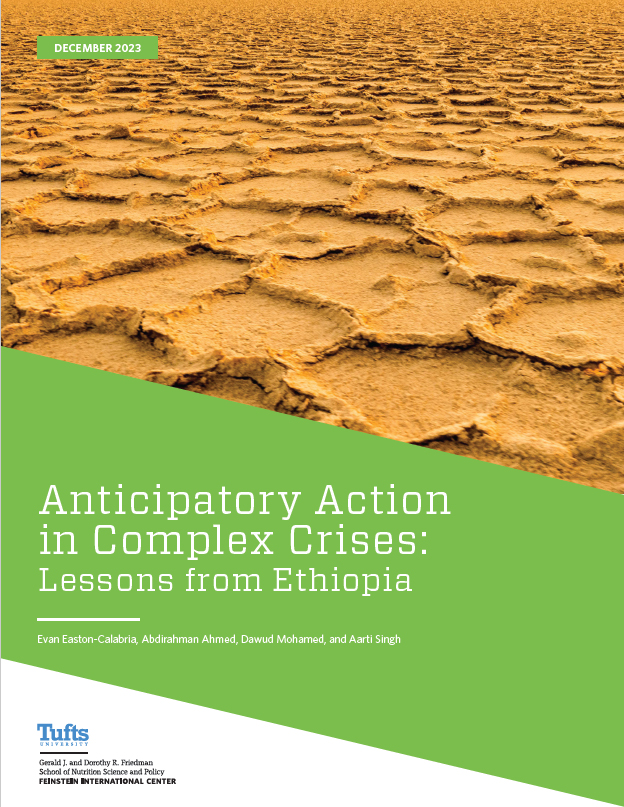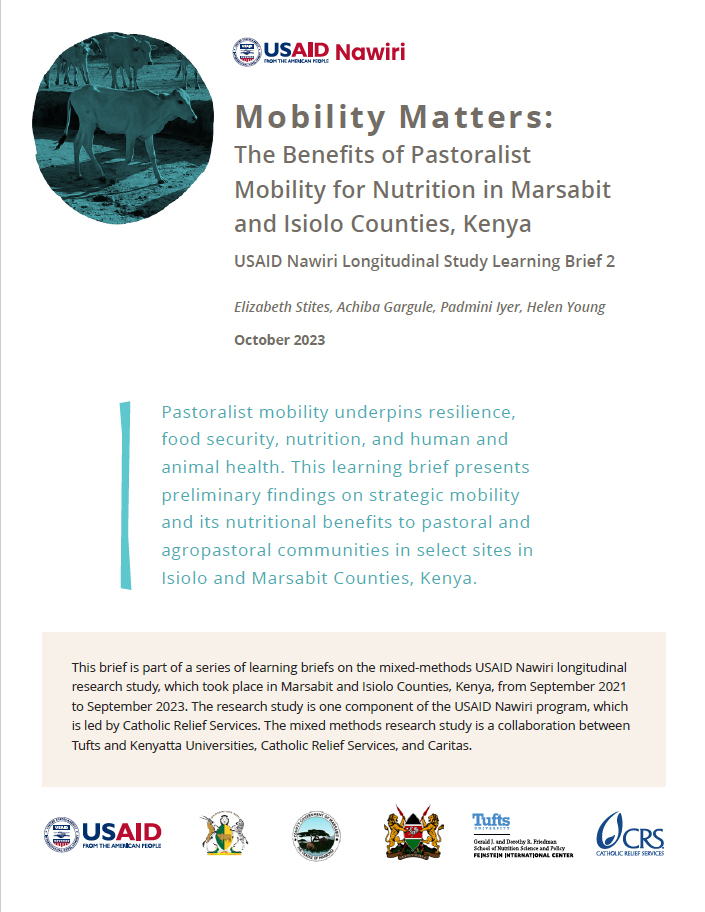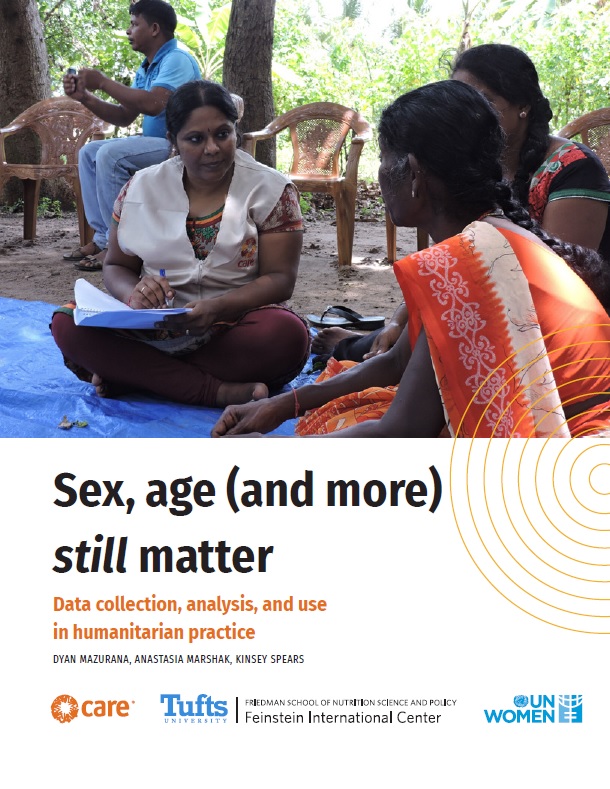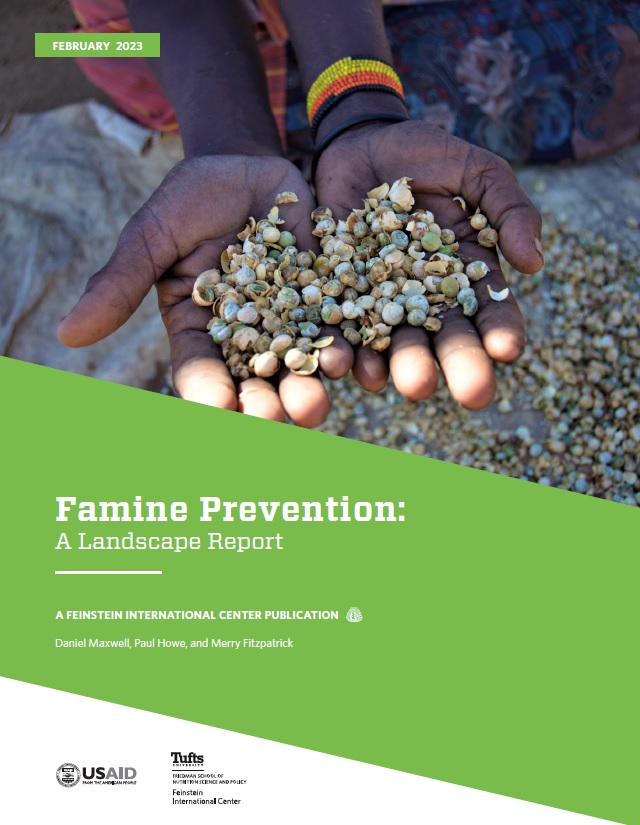With recent food crises at both regional and global levels, and renewed commitments from major donor countries to address chronic hunger, food security is more prominent on the policy agenda today than it has been in the past. This has intensified the search for accurate, rapid, and consistent indicators of food security. Different measures of the access dimension of food insecurity are used interchangeably, without a good idea of which food-security dimensions are captured by which measures, increasing the risk that the number of food-insecure individuals is underestimated. This paper draws on four rounds of data from a panel survey of 300 rural households in northern Ethiopia to compare seven different measures collected across all rounds: (1) Coping Strategies Index (CSI); (2) Reduced Coping Strategies Index (rCSI); (3) Household Food Insecurity and Access Scale (HFIAS); (4) The Household Hunger Scale (HHS); (5) Food Consumption Score (FCS); (6) Household Dietary Diversity Scale (HDDS); and (7) a self-assessed measure of food security (SAFS).
1) How do the seven measures listed below compare—do they tell the same “story” about household food insecurity and classify households similarly?
2) Which elements of food insecurity does each of these measures capture?
3) How can metrics be combined or used in complementary ways to yield a more multidimensional picture of a household’s food insecurity situation?
The answers to the questions posed in this study have implications for (1) which measure, or which combinations of measures, is more appropriate for a given purpose and (2) the costs of relying on single measures or indicators, in terms of potential misclassification of the food-insecure.
To download the Annexes, please click here.

